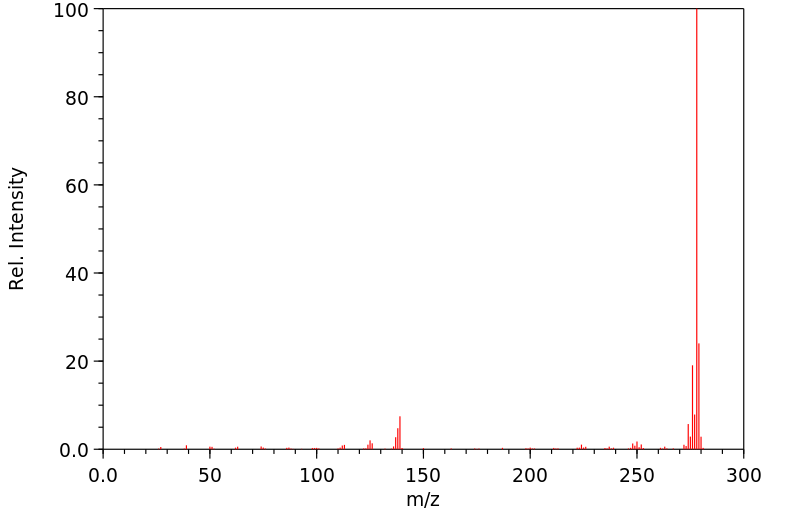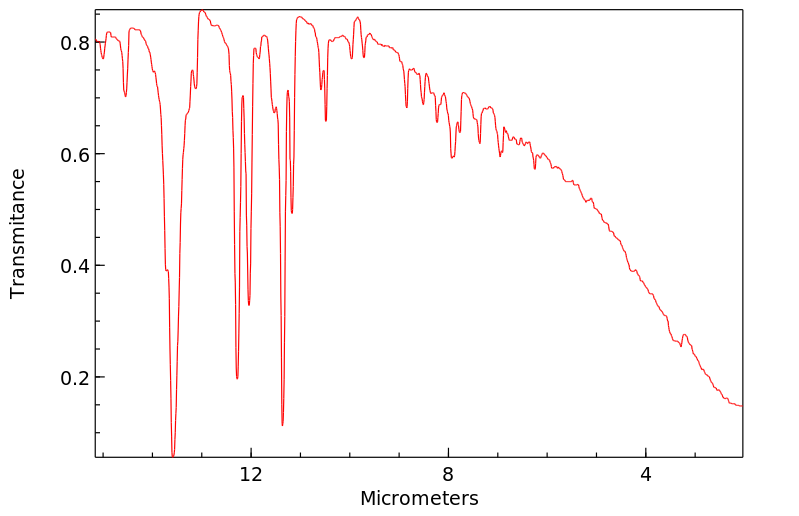The photochemical and photophysical behaviour of
(Z)-1-styrylanthracene (cis-1-StAn) has been
investigated as a function of temperature and solvent polarity. In
non-polar solvents above 260 K, cis-1-StAn mostly undergoes
photocyclization to benzo[b]chrysene through an activated
singlet pathway (18 kJ mol
-1
). The
cis→trans photoisomerization occurs with very
low quantum yield through an adiabatic mixed (singlet and triplet)
mechanism above room temperature or through an adiabatic triplet
mechanism below 260 K. Above room temperature, a second cyclization
photoproduct was observed, formed from a different conformational
isomer. The presence of conformational equilibria of
cis-1-StAn in the ground and excited singlet states is also
supported by the dependence of its spectral properties on temperature
and by calculations. In polar solvents, the
cis→trans photoisomerization, which occurs
mainly through a diabatic singlet mechanism, is competitive with
cyclization in the relaxation of the lowest excited singlet state.
研究了 (Z)-1-styrylanthracene (顺式-1-StAn)的光
化学和光物理行为与温度和溶剂极性的函数关系。在 260 K 以上的非极性溶剂中,顺式-1-苯并
蒽大多通过活化单子途径(18 kJ mol -1 )光环化成苯并[b]菊烯。顺式→反式光异构化在室温以上通过绝热混合(单线和三线)机制或在 260 K 以下通过绝热三线机制以极低的量子产率发生。顺式-1-StAn 在基态和激发态单线态的构象平衡也得到了其光谱特性对温度的依赖性和计算的支持。在极性溶剂中,顺式→反式光异构化主要通过二消旋单态机制发生,在最低激发单态的弛豫过程中与环化具有竞争性。








